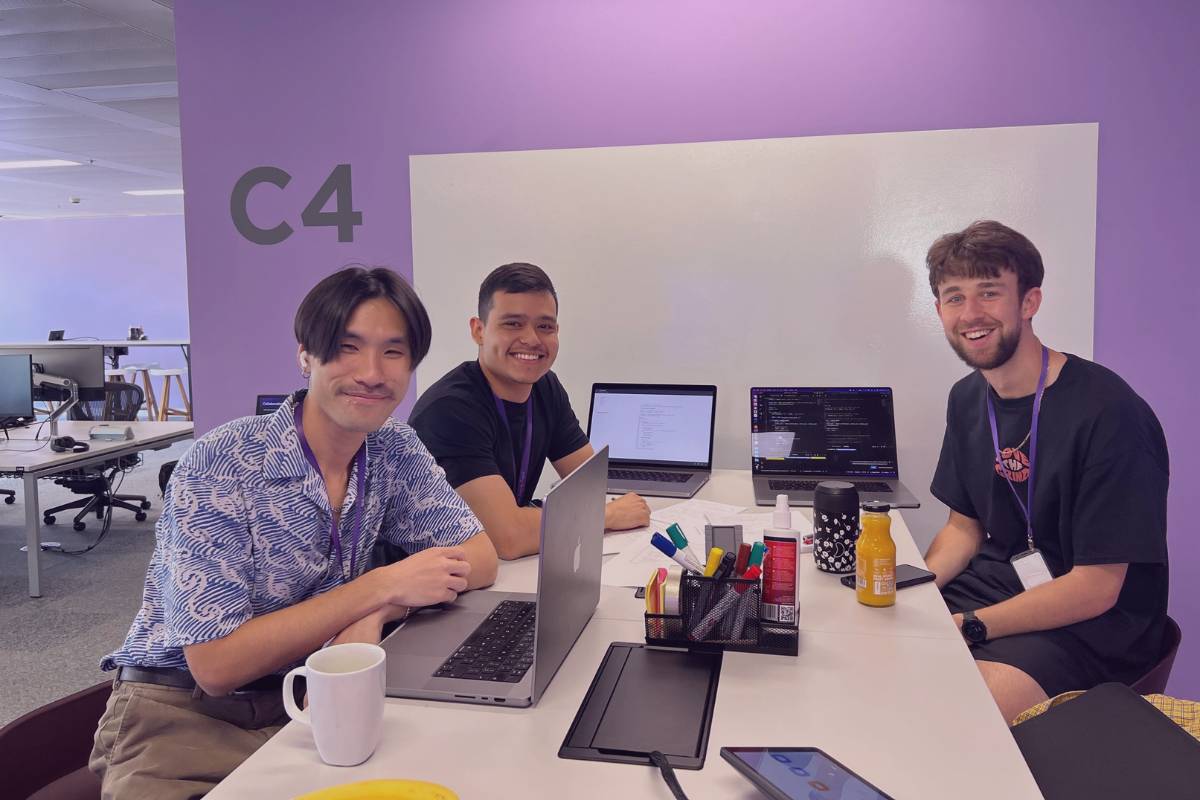A staggering 41% of people who quit their jobs do so because of a lack of career development1. And that doesn’t just mean tokenistic promotions. The latest findings by McKinsey show that across all employee types, enhancing skills and a growing sense of purpose are critical to keeping staff turnover low2. The problem is especially exacerbated in tech, where demand for skills vastly outweighs supply. Highly sought-after professionals are bouncing from firm to firm, costing companies eye-watering levels of resources and upheaval. By 2030, we will have a deficit of 85.2 million tech workers globally3; a figure which is estimated to loose businesses upwards of $8.4 trillion4.
To keep employees happy and engaged, companies desperately need to provide meaningful and clear career development. In this blog, Ffion Bartley and Katy Rowlands from the 10x People Team share their approach and tips as they rose to the challenge.
1. Implement a Career and Capability Framework
As People professionals, it’s our job to recognize what skills the company needs to thrive, both now and in the future. To do this, we recommend putting a company-wide career and capability framework in place.
A framework should drill down into each role within the company, defining the skills, knowledge, and capability of individual roles. As you plan and research where new skills need to be allocated, you can be clear on what you’re asking the Talent Team to source for, but crucially, support and boost individual career development too.
In addition, a framework should provide a 360-degree view of the company so that you can quickly detect macro trends, potential skills gaps, and opportunities. By pinning everything from job families, career levels, levelling criteria, job titles and rewards to the framework, everything is accessible at the touch of a button.
The framework should be made available and easy to access, which is why we have put ours on the Progression platform.
2. Define job families
Most jobs in a company do not operate in isolation but employees can sometimes feel that way. This can exacerbate feelings of being overlooked or underpaid when they compare themselves to other colleagues.
One way to help resolve this is by grouping jobs into “families” – matching people with comparable skills and capabilities. When job families are then overlaid with salary benchmarks, you can keep a close eye on the market value for each role.
Moreover, like a family tree, employees can see where they are in terms of their career progression and professional development, and where they could be headed as their experience grows. This kind of consistency is important for managing pay expectations within the job family as well as defining a clear career path.
3. Boost skills with learning pathways
One of the best ways to tackle a high turnover problem head-on is by helping employees develop their abilities while plugging strategic skills gaps at the same time. It’s a win-win!
87% of companies are concerned about skills gaps now and over the coming years5. So as you develop your learning pathways, it makes business sense to prioritize what capabilities the firm will need to remain competitive. For example, if your marketing team is missing an SEO expert, a learning pathway can offer courses to existing employees. If your engineers will need to specialize in cloud architecture, the platform can bolster the skills of people already in the team.
Ultimately, this approach should result in new skills, promotions, and better performance. It can also result in enhanced profitability, as one report found that for every $1 spent on eLearning, companies gain $306.
4. Choose a best-in-class Learning Management System (LMS) and learning content
When employees want to learn, it’s up to us to facilitate it. An effective way to do this is with a cutting-edge Learning Management System that promotes social learning, exploits gamification features and empowers subject matter experts to easily create their own learning materials.
With an LMS, employees benefit from carefully curated content across a variety of platforms and formats. It’s uniquely developed to match their roles and the direction they want to take in their career.
Our employees can learn in the office or on the go, as much or as little as they please. Studies show that 58% of workers prefer learning at their own pace, which makes an LMS a perfect tool.
5. Be honest and transparent
Employees recognize that career development is a journey and often the path taken to an employee’s target destination can change course. The transparency a career and capability framework provides can often support someone in making a change which they may never have considered. A framework enables honest 2-way conversations.
As People professionals, we have many duties. And one of them is to always be straightforward and honest with professionals about their career development. At 10x Banking, we take this extremely seriously. Trust goes both ways.
In addition to all the steps listed above, we also ensure that conversations around skills, reward, salary, and development are regular and 2-way. We research the most cutting-edge learning and talent management solutions and keep communication flowing to ensure nobody gets left behind. Together, we are making career development 10x better.

.png)

